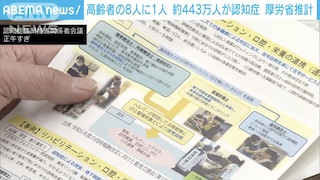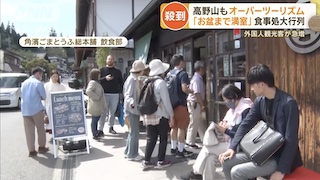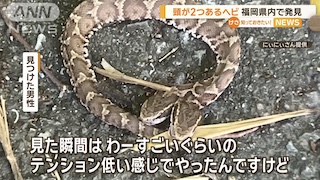Jul 01 (newsonjapan.com) - When you visit Japan, a phenomenon that is definitely bound to hit you at some point of time is Pachinko. These are vertical pinball-like slot machines that a great multitude of Japanese love to play. There are close to 10,600 Pachinko parlours spread all over Japan, with rows and rows of these flashing and colourful machines.
Although gambling is prohibited in Japan, the relationship is slightly complicated when it comes to these games. Pachinko slots are considered legal in Japan because they’re perceived to be totally for entertainment purposes and not for money. Even the winnings are not handed out in money, but uniquely engraved pinballs which can then be exchanged for various items.
Every year Japanese people spend close to $ 200 billion on playing these pachinko machines. In fact, Japan’s pinball gambling industry collects as much as 30 times more cash than all Las Vegas casinos put together! This collection is higher than the total GDP of New Zealand and two times the Japan’s earnings from its car export industry. So what is this pachinko all about?! Let’s find out.
What is Pachinko?
In simple terms, Pachinko is a well-known gambling activity in Japan which is positioned as an entertainment medium. As there are no casinos in the country, Pachinko parlours have established themselves as the ideal place to get one’s fill of some slot machine action. You will find these pachinko parlours in majority of shopping malls and downtown business streets.
Pachinko machines first came into being during the 1920s as simple games for the kids. They were inspired from the European wall games and the name pachinko was derived from ‘pachin’ sound that was made by the balls bouncing off the machine’s walls. By 1930s, pachinko evolved as a favourite pastime of adults after someone called Masamura Takeichi introduced a complex nails arrangement, making the game too challenging to be played by the children. Soon, pachinko became a rage all over Japan.
How to play pachinko?
You simply need to follow the below-mentioned steps to play pachinko:
- Put your cash into the machine
- Press ‘Play’ button
- Make the metal balls shoot out by cranking the lever and hold onto it so that it shoots out continuously
- Now if you get lucky, grab your winnings
Reach is the reason why pachinko is addictive in nature. The Reach comes into play when you get two similar numbers on two wheels and then wait for the third number to come up. Once you are at this point, you wait for the third number to be exactly the same as the other two. Needless to say, you win if all the three numbers turn out to be the same. Whenever this happens, a song is played and every ball you see inside the machine turns into 10 new balls. You can collect these balls by pressing a button on the machine and emptying them all out into a bucket.








